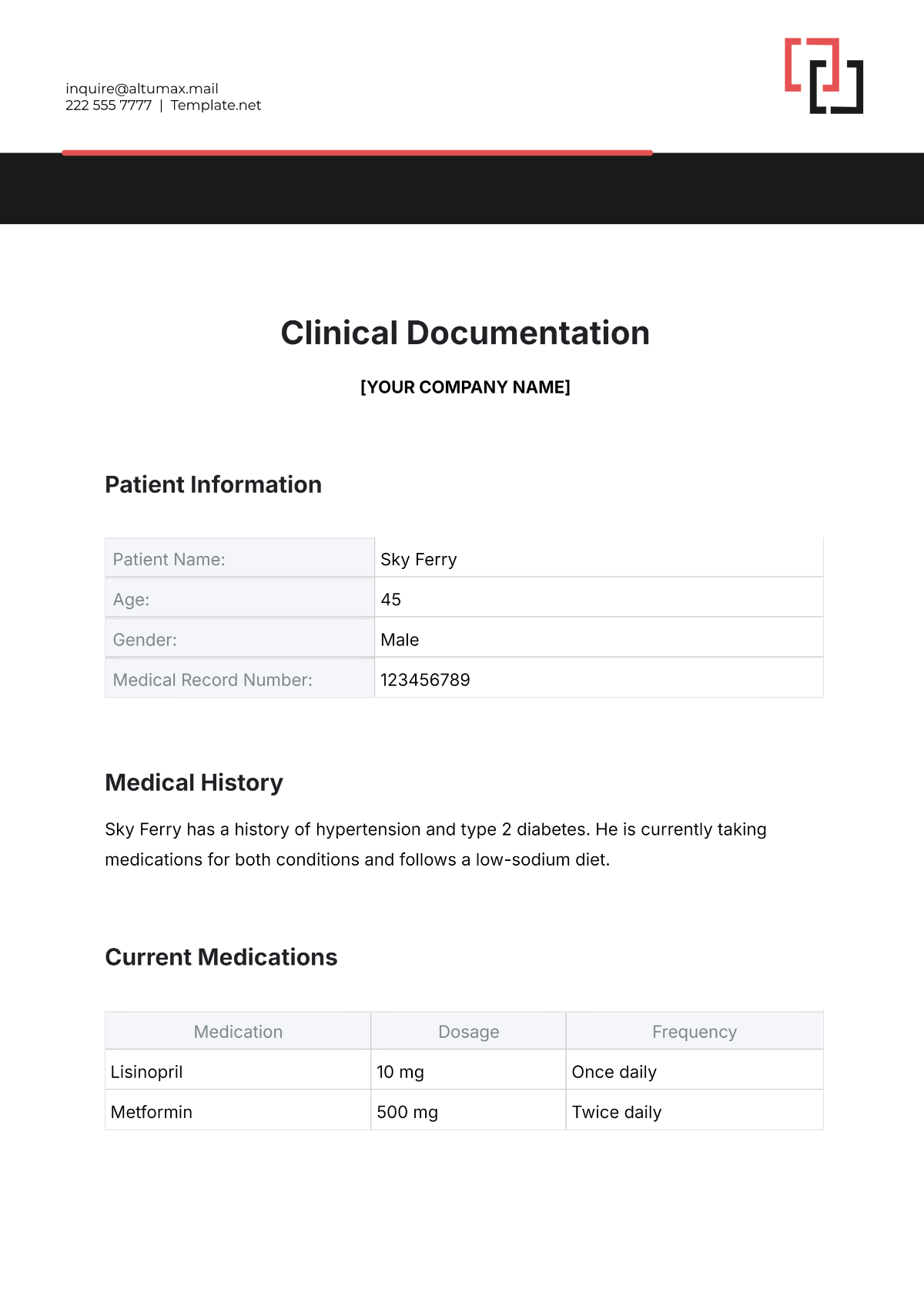Radiologic Technologist Criteria
Prepared by: [Your Name]
Date: October 15, 2050
Introduction
The role of a Radiologic Technologist is critical in the healthcare field, responsible for operating imaging equipment and providing accurate diagnostic images that assist in patient care. This document outlines the essential criteria required for individuals to become and remain effective radiologic technologists.
Purpose
The purpose of these criteria is to establish the standards necessary for radiologic technologists to perform their duties competently and safely. These guidelines ensure that radiologic technologists meet the qualifications required for certification, licensure, and effective practice within the healthcare system.
Scope
These criteria apply to all individuals seeking to enter the field of radiologic technology, as well as current professionals aiming to maintain or advance their credentials. The criteria cover educational requirements, certification, technical and clinical skills, interpersonal skills, and adherence to safety standards.
Criteria Table
Category | Criteria | Details | Rating/Score (1-5) |
|---|---|---|---|
Educational Requirements | Completion of an accredited radiologic technology program or degree. | Typically an associate's or bachelor's degree in radiologic technology or a related field. | |
Certification and Licensure | Certification from ARRT or an equivalent body and state licensure. | Certification involves passing a national examination and meeting state-specific requirements. | |
Technical Skills | Proficiency in operating imaging equipment (e.g., X-ray, CT, MRI). | Skills include accurate operation of machines and understanding imaging techniques. | |
Clinical Skills | Ability to perform diagnostic imaging procedures accurately. | Competence in obtaining clear, diagnostic-quality images and handling various clinical situations. | |
Interpersonal Skills | Effective communication with patients and healthcare team members. | Skills in providing clear instructions, comforting patients, and collaborating with medical staff. | |
Adherence to Safety Standards | Knowledge of radiation safety and infection control practices. | Understanding and application of safety protocols to protect patients and staff from radiation exposure and infection. |
Rating/Score Key
1 - Poor: Significant deficiencies; major improvements needed.
2 - Fair: Some deficiencies; room for improvement.
3 - Good: Meets basic requirements; minor improvements possible.
4 - Very Good: Above average; minor areas for improvement.
5 - Excellent: Fully meets or exceeds all requirements; no significant issues.
Evaluation Process
Initial Assessment: Verify educational qualifications, certification, and state licensure by reviewing transcripts and credentials.
Skills Assessment: Evaluate technical and clinical skills through practical exams and job performance.
Interpersonal Skills Review: Assess communication and professionalism via interviews and feedback from patients and team members.
Safety Standards Compliance: Monitor adherence to safety protocols through regular audits and reviews.
Ongoing Evaluation: Ensure participation in continuing education to maintain certification and stay current with industry practices.

















































